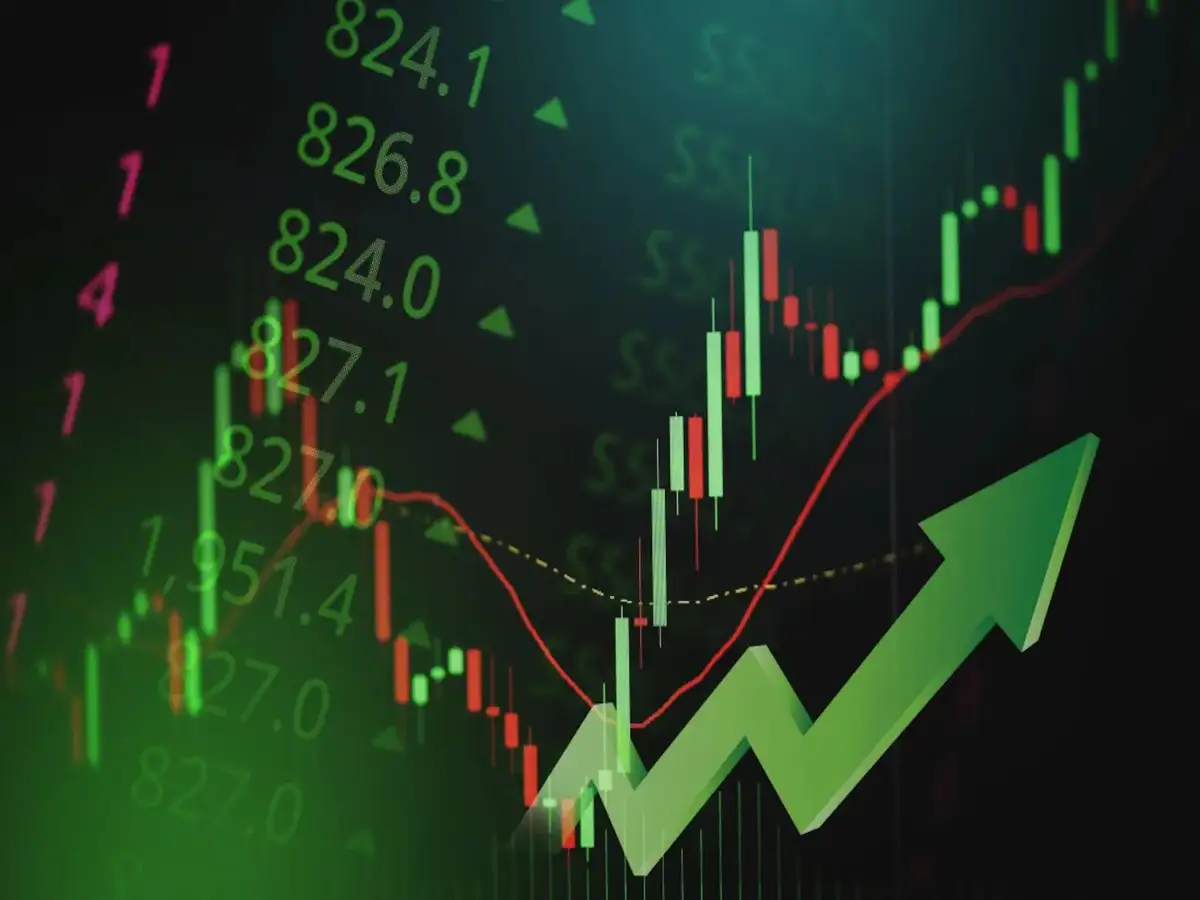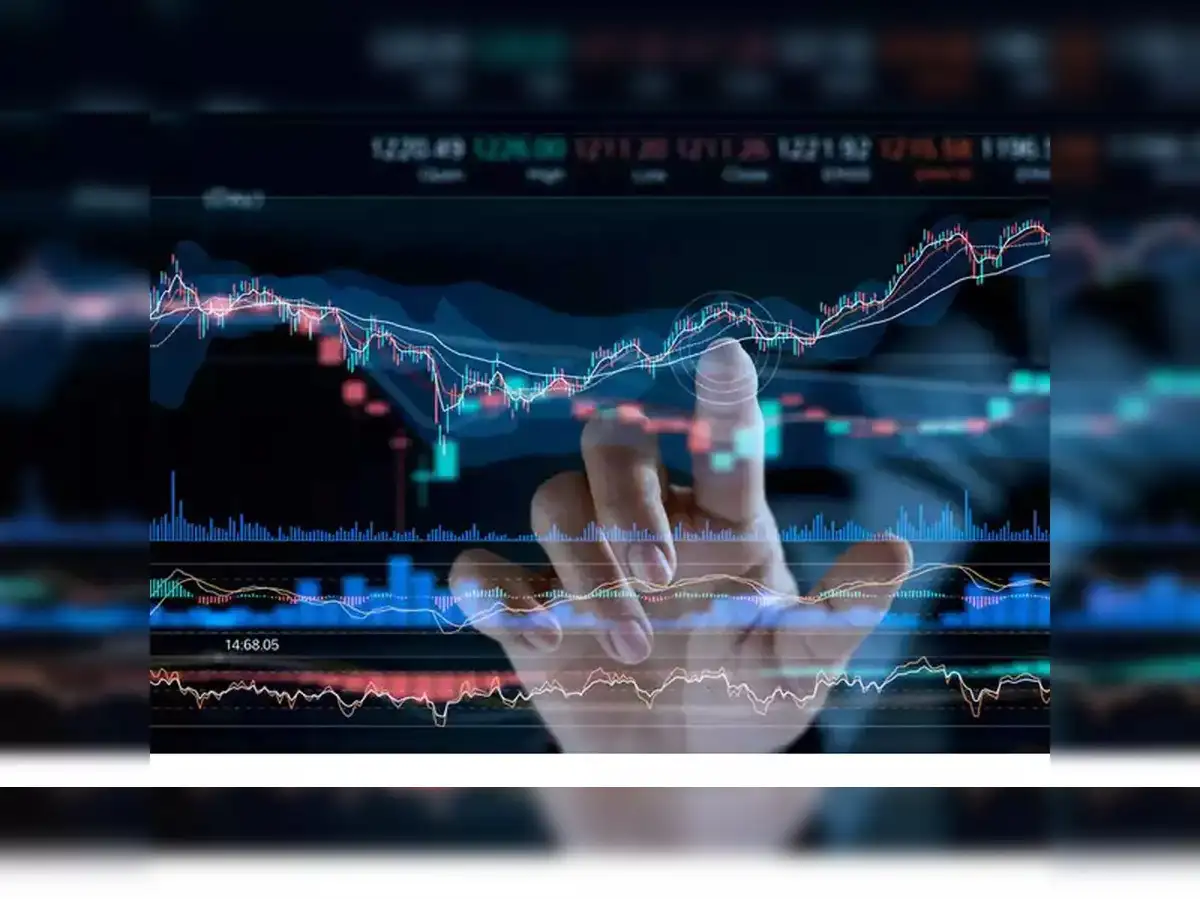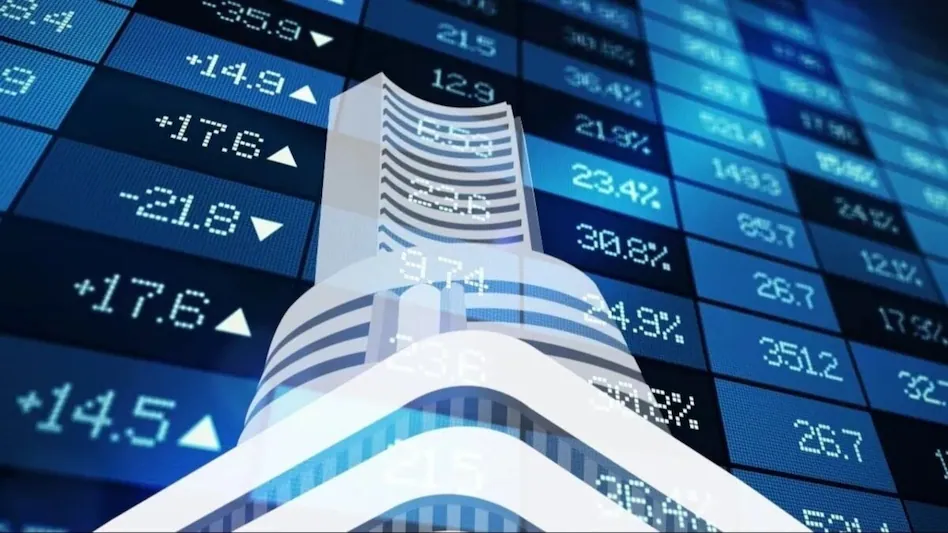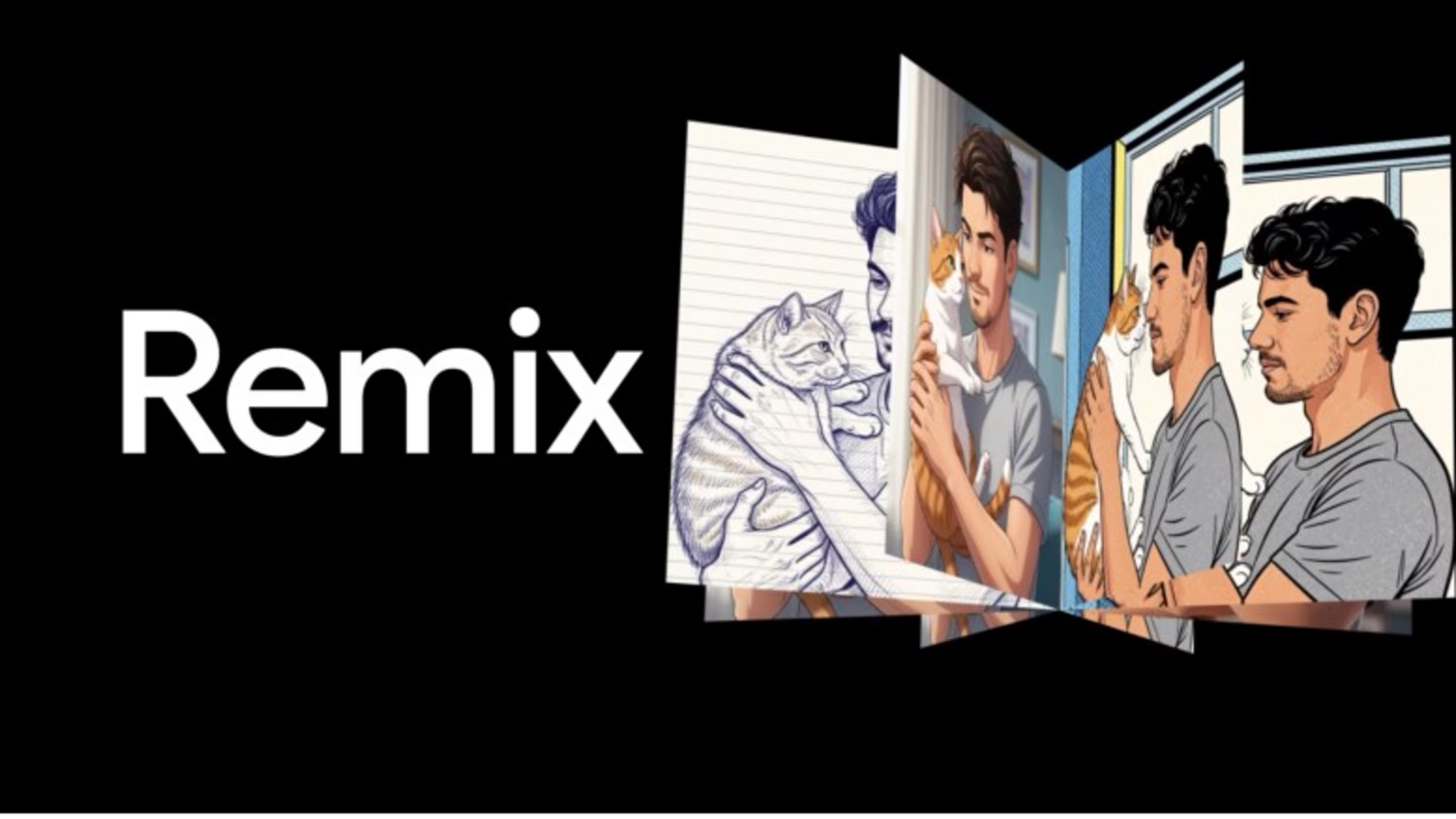
The financial landscape experienced significant turbulence recently as major stock indices, including the Dow Jones Industrial Average, S&P 500, and Nasdaq, all saw declines following an unexpectedly high Producer Price Index (PPI) inflation report. The surge in inflation figures has sparked concerns among investors about the trajectory of the economy, interest rate policies, and overall market stability. This article delves into the factors behind the market downturn, the implications of rising PPI inflation, and what investors can anticipate moving forward.
Understanding the Recent Market Movement
On the most recent trading day, the Dow Jones, S&P 500, and Nasdaq indices all experienced declines, marking a cautious turn in investor sentiment. The primary catalyst for this downturn was the release of the latest PPI figures, which showed inflation was much hotter than economists had anticipated. Experts had been expecting a modest increase, reflective of a gradually cooling inflation environment. Instead, the data pointed to persistent inflationary pressures within the producer sector, signaling potential trouble ahead for consumers and businesses alike.
This unexpected inflation spike has caused a ripple effect among market participants. Many interpret it as a signal that the Federal Reserve may need to sustain or even tighten monetary policy measures, such as raising interest rates, to combat inflation. The prospect of higher borrowing costs tends to dampen economic growth prospects, leading to market declines as investors reassess risk and valuation levels.
The Significance of the PPI Inflation Data
What is the Producer Price Index?
The Producer Price Index (PPI) measures the average change over time in the selling prices received by domestic producers for their goods and services. It serves as a leading indicator for consumer inflation, as rising costs for producers can eventually be passed down to consumers. A surge in PPI signifies that production costs are rising sharply, which may foreshadow higher consumer prices in the future.
Recent PPI Figures and Market Reaction
The latest PPI report revealed a surge well beyond market expectations, highlighting that inflationary pressures are entrenched at the producer level. The report indicated a significant increase in the cost of raw materials, intermediate goods, and finished products. This development sent shockwaves through financial markets, as traders and investors grew concerned that persistent inflation could hinder economic recovery efforts.
In practical terms, higher inflation at the producer level can lead to increased costs for businesses, which they may choose to pass onto consumers in the form of higher prices. If inflation remains stubbornly high, the Federal Reserve might be compelled to implement more aggressive rate hikes, potentially slowing economic growth or triggering a recession.
Market Responses and Investor Sentiment
The immediate market response was a broad-based decline, with the Dow, S&P 500, and Nasdaq losing value. The Dow, often considered a barometer for large-cap U.S. stocks, declined by significant points, reflecting widespread worries about economic stability. The S&P 500, representing a broader swath of the U.S. stock market, and the tech-heavy Nasdaq also slipped, indicating that fears were pervasive across sectors.
Investors are now grappling with several key questions:
- Will the Federal Reserve maintain its aggressive stance on interest rate hikes?
- Could inflation remain elevated for an extended period?
- What sectors are most vulnerable to the ongoing inflationary pressures?
Many market analysts suggest that the current decline is a temporary correction amid uncertainty. However, some warn that if inflation continues to accelerate or remains high, it could lead to a prolonged bearish trend, impacting investor confidence and long-term growth prospects.
Economic Implications and Future Outlook
Inflation and Monetary Policy
The surge in PPI inflation is a critical factor in the Federal Reserve’s decision-making process. Typically, a rising PPI indicates that consumer prices might follow suit, leading to calls for tighter monetary policy. While such measures can help control inflation, they also carry the risk of slowing economic activity, increasing unemployment, and precipitating recession.
Given the recent data, analysts predict that the Fed may need to sustain or even accelerate pace on rate hikes. This environment of tighter monetary policy can further pressure stock prices, especially for interest-sensitive sectors like real estate, technology, and consumer discretionary stocks.
Broader Economic Concerns
Beyond immediate market reactions, persistent inflation could have broader consequences for the economy. These include:
- Reduced consumer purchasing power
- Higher costs for businesses, impacting profit margins
- Potential slowdown in economic growth or recession
- Increased volatility in financial markets
Policy makers and investors alike will closely monitor upcoming economic indicators to gauge inflation’s trajectory and the Federal Reserve’s response.
What Should Investors Do in This Volatile Environment?
During periods of heightened inflation and market volatility, a prudent approach can help safeguard investments and capitalize on emerging opportunities. Consider the following strategies:
- Diversification: Spread investments across sectors and asset classes to reduce exposure to any single risk
- Focus on Inflation-Hedged Assets: Invest in assets such as commodities, real estate, or Treasury Inflation-Protected Securities (TIPS) that tend to perform well during inflationary periods
- Maintain a Long-Term Perspective: Avoid panic selling; market declines can be temporary, and long-term growth often sustains through volatility
- Stay Informed: Keep an eye on upcoming economic data releases to make timely and informed decisions
Conclusion
The recent surge in PPI inflation has significantly impacted the stock market, leading to declines across major indices. While such market reactions can be unsettling, they also serve as signals of underlying economic dynamics and policy considerations. As inflation pressures persist, investors must remain vigilant, adaptable, and informed to navigate the uncertain terrain ahead.
In summary, the combination of rising inflation and potential Federal Reserve policy adjustments underscores the importance of strategic planning and risk management in today’s financial environment. Whether inflation cools down or remains stubbornly high, proactive and informed investment choices will be essential for long-term success.
For more updated news please keep visiting Prime News World.








